The Red Fox is a creature that’s as mysterious as it is misunderstood. This isn’t your average nature documentary spiel; we’re going deep, unraveling myths, and getting the real dirt on what makes these fiery-furred creatures tick.
What is the Red Fox?
Imagine the ultimate survivor, decked out in a coat that could make fashion designers weep with envy. That’s the Red Fox for you – the most widespread and cunning member of the Canidae family you’re likely to stumble upon, both in rural backwoods and our very own urban backyards.
These critters aren’t just about their stunning fur; they’re about brains, adaptability, and the art of thriving wherever they darn well please. From the icy Arctic tundra to the scorching deserts, Red Foxes have clocked in miles and set up shop, proving that when it comes to real estate, they’re not too picky.
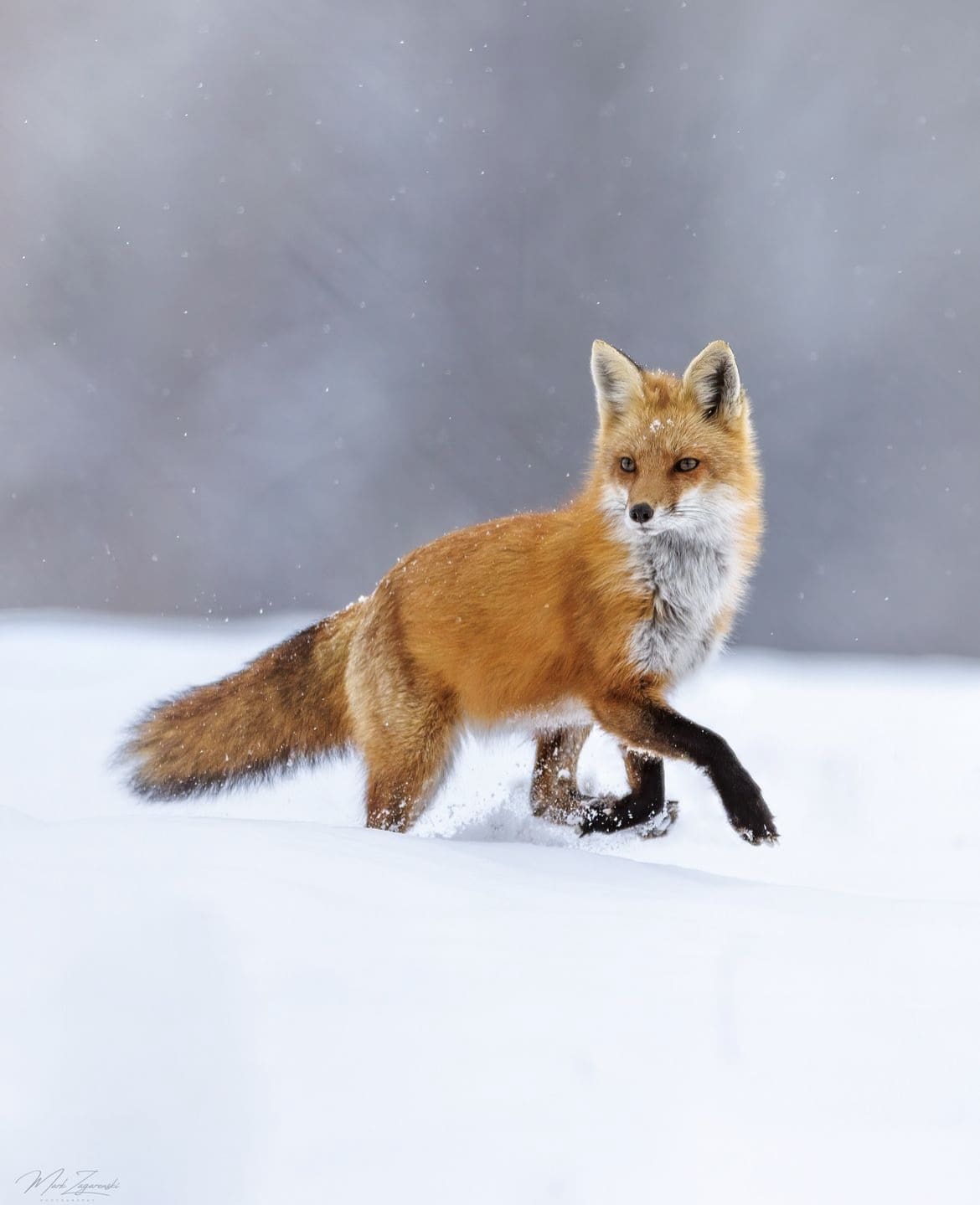
Red Fox vs Jackal
Now, let’s clear up a common mix-up. Red Foxes and Jackals are like distant cousins who only see each other at family reunions. While they share some family traits, they’re living very different lives. Jackals, with their lean frames and golden coats, are the globetrotters of Africa and parts of Asia, often spotted in savannas and deserts, playing a whole different survival game.
Red Foxes, on the other hand, are the adaptable locals of almost everywhere else. They’re like the city slickers of the canid world, with a knack for making the best out of any situation, be it a forest, a frozen landscape, or a suburban neighborhood. The main takeaway? While both can adapt, the Red Fox is the one you’re more likely to catch snooping through your garden, not the Jackal.
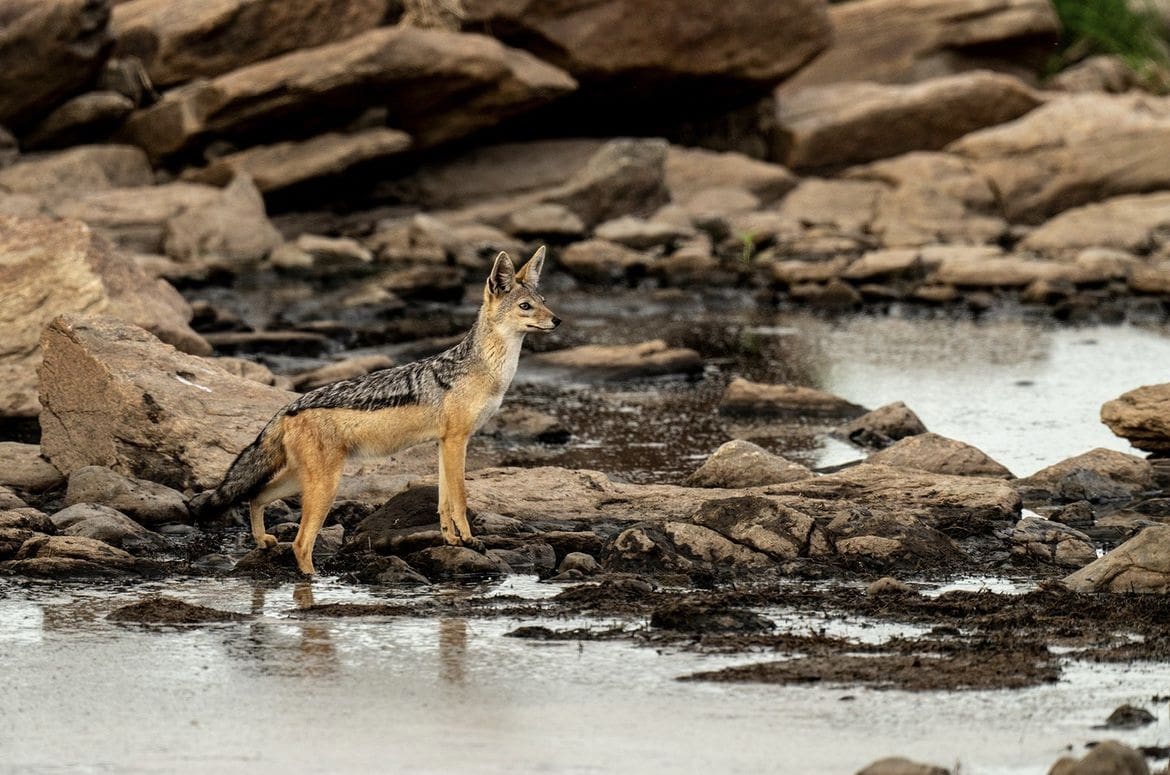
What do Red Foxes Look Like?
Okay, picture this: a medium-sized, dog-like creature with a head-turner of a coat that ranges from deep reddish-brown to golden orange. They’ve got these pointy, almost mischievous ears, a long bushy tail with a white tip – like they’ve dipped it in paint – and a snout that looks designed for snooping. And those eyes! Sharp, intelligent, and with a glint of cheekiness, Red Foxes have a look that’s both captivating and a tiny bit eerie, especially when caught in the glow of streetlights on a midnight adventure.
Their coats aren’t just for show; they’re a masterclass in nature’s design, perfect for blending into a variety of landscapes. Whether it’s sneaking through snow or rustling through leaves, these foxes have the outfit for every occasion, making them the Houdinis of the animal kingdom. Plus, that fluffy tail isn’t just a fashion statement; it’s a multi-tool, serving as a warm blanket, a signal flag, and even a balance aid. Talk about versatile!
How Big Are Red Foxes?
Size-wise, Red Foxes are the kind of animals that won’t exactly dwarf your pet lab but definitely stand out in the crowd. Picture this: they measure about 45 to 90 cm (18 to 35 inches) in body length – that’s not counting their impressive tails, which can add another 30 to 55 cm (12 to 22 inches). Standing about 35 to 40 cm (14 to 16 inches) tall at the shoulder, they’re like that perfectly medium-sized dog at the park, except with a tad more flair. Males, or ‘dogs’ as they’re known, usually tip the scales a bit heavier than females, or ‘vixens,’ weighing in at around 6.5 kg (14 lbs), with vixens coming in slightly lighter.
This compact and flexible size is part of what makes them such skilled hunters, allowing them to dash after prey with agility that would make even the most seasoned parkour athlete envious.

Red Fox Skin
Now, let’s get under the fur – literally. The skin of a Red Fox is more than just a base for their fabulous coats; it’s a tough barrier protecting them from the elements and the occasional skirmish. It’s also incredibly adaptive, with the fur density changing with the seasons.
In winter, they flaunt a plush, dense coat that keeps them toasty in freezing temperatures, while summer sees them shedding to a sleeker, cooler version to beat the heat. This ability to adapt their wardrobe is key to their survival in a wide range of climates, from the urban jungle to the literal one.
Red Fox Teeth
Moving on to a less cuddly feature: their teeth. Red Foxes sport a set of 42 sharp teeth, designed for a carnivorous diet. These aren’t just for show – they’re crucial tools for survival. The sharp canines are perfect for grabbing and holding onto wriggly prey, while the molars are great for crunching bones. Their dental layout is all about efficiency, allowing them to extract maximum nutrition from their meals, whether they’re feasting on a juicy rodent or indulging in a bit of fruit for dessert.
Their teeth also play a role in their social interactions, with nips and bites being part of how they communicate with one another, especially during play or disputes. It’s a reminder that, despite their often-cute appearances, Red Foxes are wild animals with a wild side to match.
Red Fox Colouration
One of the most striking features of the Red Fox is its colouration. While most of us imagine them with their characteristic reddish coats, these foxes come in a variety of shades, from a deep, rich red to a light golden hue, and even silver-black in some cases. This diversity in colouration isn’t just for show; it plays a critical role in their survival. The red fur helps them blend into the woodland and grassland surroundings, making them adept at hiding in plain sight from both prey and predators.
During winter, their coats can become denser and richer in colour, adding an extra layer of camouflage against the snow and barren landscapes. This chameleon-like ability to adapt their appearance to their surroundings is a testament to their evolutionary prowess, enabling them to hunt and live in a wide range of environments.
Red Fox playing in the snow | @liron_gertsman_photography
What Do Red Foxes Eat?
When it comes to diet, Red Foxes are the epitome of dietary flexibility. Primarily carnivorous, their menu can range from rodents, rabbits, and birds to insects and even fish. But they’re not above a vegetarian meal; fruits, vegetables, and berries often make up a significant portion of their diet, especially when meat is scarce. This omnivorous diet allows Red Foxes to adapt to a variety of habitats and seasons, making the most of whatever food sources are available.
Their ability to switch between hunting live prey and scavenging means they’re as comfortable foraging in a forest as they are rummaging through a suburban trash bin. It’s this gastronomic adaptability that has allowed them to thrive in areas far beyond their wild habitats, including our own backyards.
How Do Red Foxes Hunt?
Red Foxes are solitary hunters, relying on a mix of stealth, agility, and acute senses to catch their prey. Their hunting technique is a fascinating display of patience and precision. Using their keen sense of hearing, they listen for the faint sounds of their prey moving underground or beneath snow. Once they’ve pinpointed their target, they employ a characteristic hunting leap, pouncing high into the air and diving headfirst into the snow or ground to snatch up their meal.
This method, often referred to as “mousing,” showcases the Red Fox’s intelligence and adaptability. They’re also known to stalk their prey, using cover to get as close as possible before making a swift and decisive attack. Whether hunting in the open fields or navigating the urban sprawl, Red Foxes have honed their skills to become masters of their domain, embodying the essence of the phrase “sly as a fox.”

Red Fox Social Structure
Contrary to the lone hunter image, Red Foxes have a complex social structure that’s both fascinating and somewhat relatable. Think of them as the ultimate freelancers of the animal kingdom, preferring to hunt solo but not against the idea of sharing a territory with others when it benefits them. These territories are marked and defended vigorously, using scent markers to keep others at bay. However, within their own family unit, or “leash,” Red Foxes can be surprisingly social.
The core of a Red Fox’s social life revolves around the family unit, consisting of a mated pair and their offspring. In some cases, these families are supported by additional members, often previous year’s offspring, who stick around to help rear new kits. This cooperative living arrangement helps in the upbringing of the young and in defending their territory against rivals. It’s a delicate balance between independence and cooperation, one that reflects the adaptability and social intelligence of these animals.
How Do Red Foxes Reproduce?
Springtime is all about romance for the Red Fox. After a gestation period of about 51 to 53 days, vixens give birth to a litter ranging from 4 to 6 kits, though the number can vary. These kits are born blind and helpless, completely dependent on their mother’s care and the protection of their family unit. Both parents, along with any helper foxes from previous litters, play a role in feeding and protecting the kits.
The den, often a burrow in the ground, becomes a bustling nursery where the kits will spend the first few weeks of their life before venturing out into the world. This early period is critical for the kits’ development, as they learn essential survival skills through play and observation. The family’s social structure plays a pivotal role in ensuring the young foxes are well-equipped for life outside the den.

How Long Do Red Foxes Live?
In the wild, the life of a Red Fox is anything but easy. With a lifespan typically ranging from 3 to 4 years, these creatures must constantly navigate the challenges of survival, from finding food to avoiding predators and human threats. However, in the safety of captivity, where these stressors are absent, Red Foxes can live much longer, with lifespans extending up to 14 years.
The disparity in life expectancy between wild and captive Red Foxes highlights the impact of environmental pressures on their survival. Predation, disease, and human interference, such as road accidents and hunting, are significant factors that limit their lifespan in the wild. Despite these challenges, Red Foxes continue to demonstrate remarkable resilience, adapting to changing environments and thriving in both rural and urban settings.
Are Red Foxes Aggressive?
When picturing a Red Fox, the term ‘aggressive’ rarely comes to mind. These animals are, by nature, more wary and elusive than confrontational. While they are capable of defending themselves with teeth and cunning when cornered, Red Foxes prefer flight over fight. Their interactions with humans are usually characterized by a cautious curiosity rather than aggression.
In the animal kingdom, their behavior is similarly reserved. Red Foxes may show aggression during the mating season or when defending their young, but such instances are more about protection than outright hostility. The key takeaway? While it’s essential to respect Red Foxes as wild animals, fearing them as aggressive predators is more myth than reality.
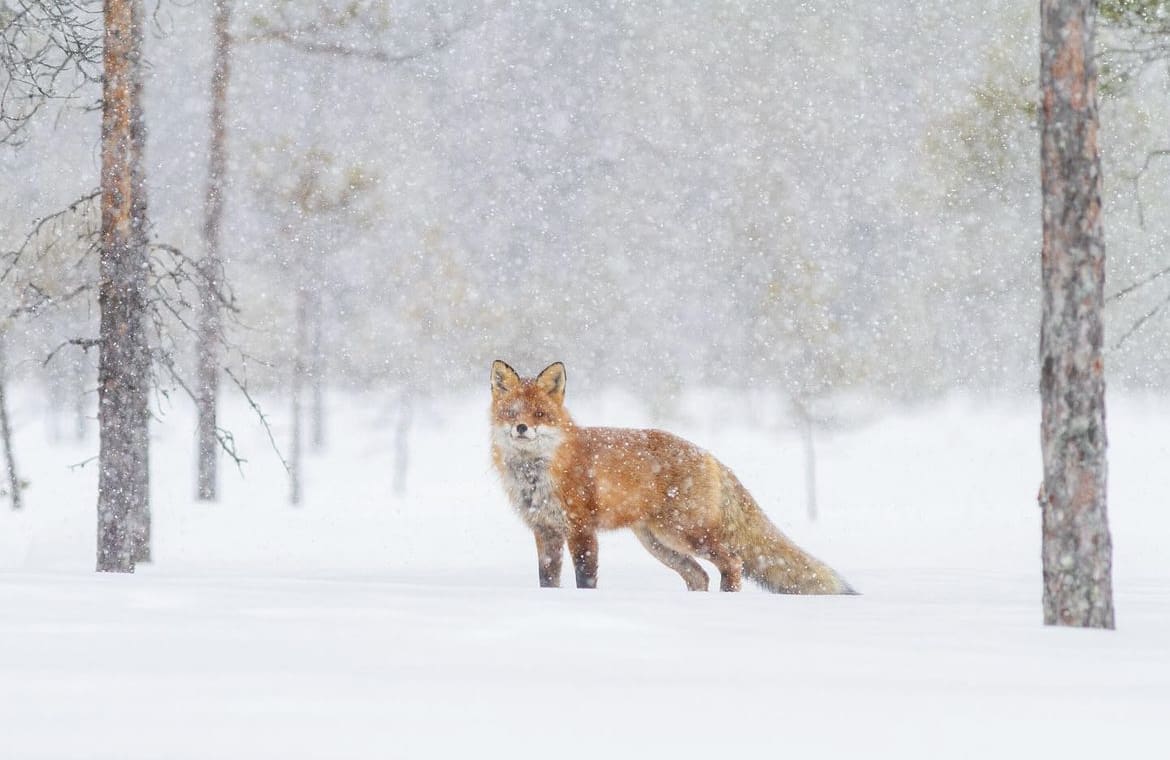
Are Red Foxes Territorial?
Absolutely, Red Foxes take their personal space very seriously. They carve out territories that they defend with a mix of physical prowess and scent marking. These territories are essential for their survival, offering access to food, shelter, and breeding sites. The size of a territory can vary dramatically depending on the abundance of resources, with richer environments leading to smaller territories and vice versa.
Territorial disputes among Red Foxes are usually settled through displays of dominance rather than physical confrontations. Vocalizations, body language, and scent marking are their primary tools for communicating ownership and ensuring that boundaries are respected. This territorial nature is a crucial aspect of their survival strategy, helping to balance their population density with the available resources.
Where Do Red Foxes Live?
The adaptability of the Red Fox is nowhere more evident than in the variety of habitats they occupy. From the dense forests of North America and Europe to the frigid tundras of the Arctic, Red Foxes make themselves at home just about anywhere. They are equally comfortable in the wild, rural landscapes, and increasingly, urban environments, where they’ve learned to navigate the concrete jungle with surprising ease.
Their ability to thrive in urban areas is particularly noteworthy. Red Foxes have been spotted making dens in parks, vacant lots, and even under sheds in suburban yards, taking advantage of the abundance of food and lack of natural predators. This versatility in choosing habitats has been key to their survival and expansion across continents, showcasing their remarkable ability to adapt to the changing landscapes of our planet.

How Many Red Foxes Are There in the Wild?
Quantifying the exact number of Red Foxes in the wild is a daunting task, given their widespread distribution and adaptability to various habitats. Estimates vary significantly across different regions, reflecting their ability to thrive in diverse environments. However, it’s widely acknowledged that Red Fox populations are robust in many areas, partly due to their versatile diet and adaptability.
Despite facing threats from habitat loss, hunting, and diseases, Red Foxes have shown remarkable resilience. In many regions, they are considered to be of “Least Concern” by conservation standards, indicating a stable or increasing population trend. This resilience, however, does not negate the importance of monitoring their numbers and ensuring that their habitats are preserved and restored where needed.
Are Red Foxes Endangered?
Globally, Red Foxes are not considered endangered. They are listed as “Least Concern” on the IUCN Red List, thanks to their wide distribution and large populations. However, this status can be misleading, as it masks local variations and challenges. In some areas, specific Red Fox populations may be under threat due to habitat destruction, hunting, and other human activities.
Moreover, the success of Red Foxes in various environments has led to conflicts with human interests, particularly in areas where they are seen as pests or threats to livestock. Such conflicts can result in culling or other control measures that impact local populations. Thus, while not endangered on a global scale, the conservation status of Red Foxes requires a nuanced understanding and approach that considers both their ecological impact and conservation needs.
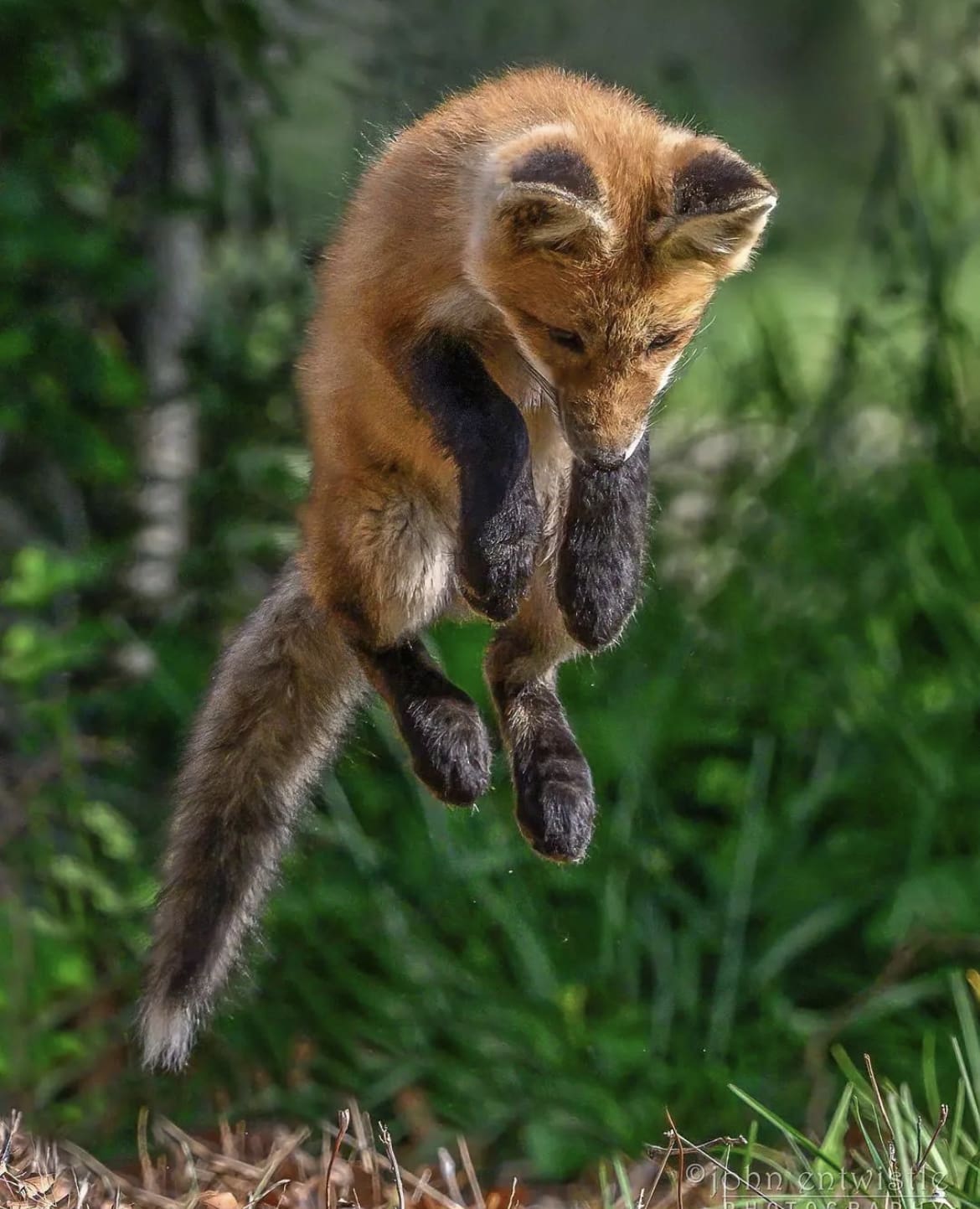
Threats to Red Foxes in the Wild
Despite their adaptability, Red Foxes face several threats in the wild. One of the primary concerns is habitat loss due to urbanization, agriculture, and forestry practices, which reduces their natural hunting grounds and shelters. Road traffic also poses a significant risk, with many foxes becoming casualties each year.
Disease is another critical threat, with mange, rabies, and canine distemper affecting populations in various regions. These diseases can have devastating effects on fox numbers, especially when coupled with other stresses such as food scarcity or environmental changes.
Hunting and trapping, often in response to their perceived threat to poultry and other small livestock, also impact Red Fox populations. In some areas, they are hunted for their fur, although this practice has declined in regions where animal rights and conservation are prioritized.
Where to See Red Foxes
Red Foxes have an extensive geographic range, making them accessible in various environments across the Northern Hemisphere. They are as adaptable in choosing their homes as they are in their diet, thriving in forests, grasslands, mountains, and deserts. Urban areas have also become a significant habitat, with foxes navigating city parks, gardens, and cemeteries.
For those looking to spot a Red Fox in the wild, your best bets are national parks and nature reserves, where human activity is minimized, and wildlife is abundant. Early morning and late evening are prime times for fox activity, as these crepuscular creatures venture out to hunt or play. In urban settings, look for them in quieter areas with ample cover and food sources, such as large parks or golf courses.
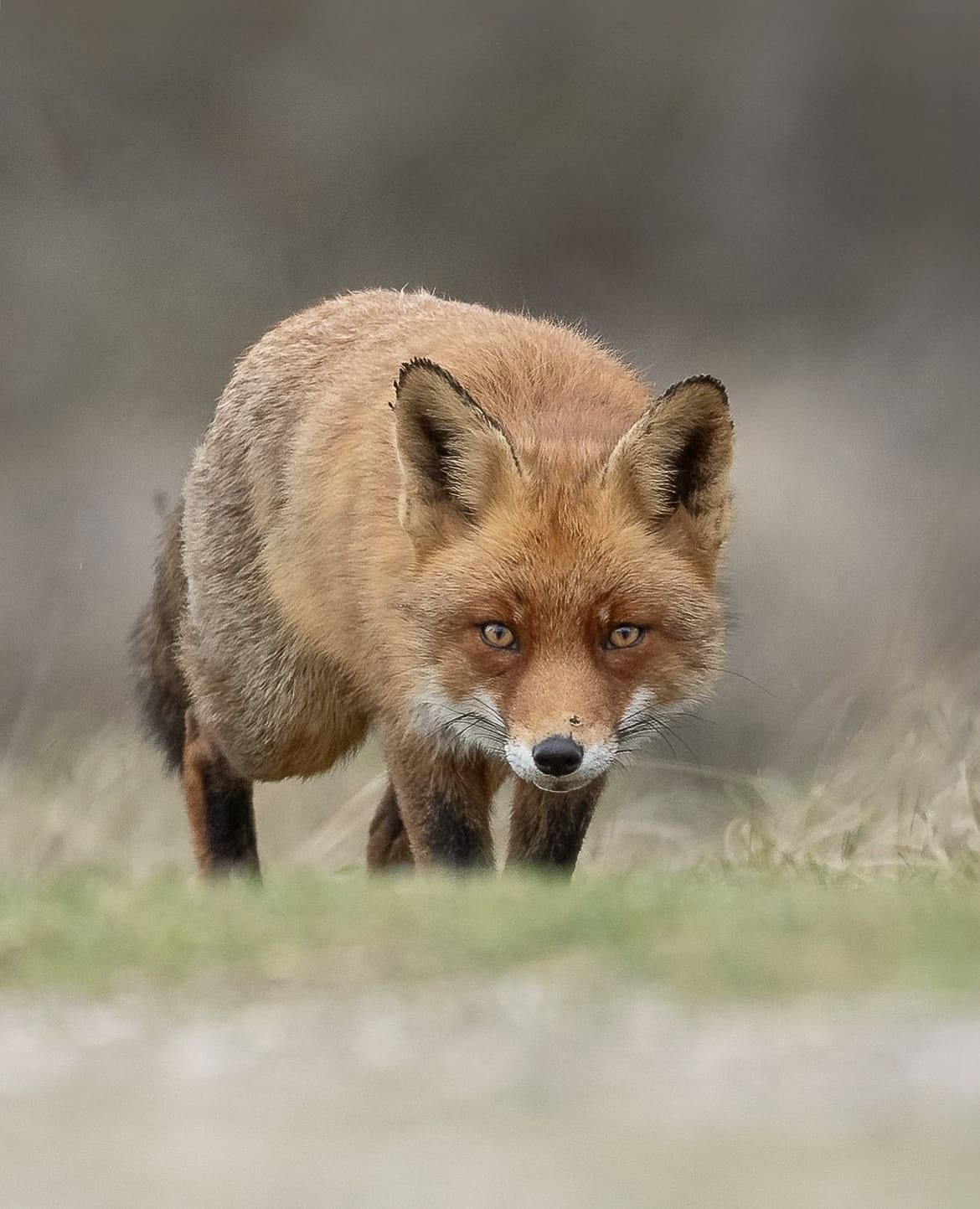
Tips for Spotting Red Foxes
Spotting a Red Fox requires patience, stealth, and a bit of luck. Here are some tips to increase your chances:
- Stay Quiet and Patient: Red Foxes are wary of noise and sudden movements. Find a comfortable spot to wait and watch.
- Look for Signs: Keep an eye out for tracks, droppings, and food remains. These signs can lead you to fox hotspots.
- Use Your Ears: Sometimes, you’ll hear a fox before you see it. Listen for their distinctive calls, especially during mating season.
- Bring Binoculars: To avoid disturbing them, use binoculars for a closer look from a distance.
- Respect Their Space: Always observe wildlife from a distance. Do not attempt to feed or approach foxes, as this can harm their natural behavior and endanger them.
Facts about The Red Fox
- Adaptable Diet: Red Foxes are omnivores, eating everything from rodents and rabbits to fruit and vegetables.
- Vocal Creatures: They have a wide range of sounds, from barks and howls to screams, used for communication.
- Wide Range: Red Foxes are found in more countries than any other wild carnivore.
- Cunning Hunters: They use the Earth’s magnetic field to judge distance and direction when hunting.
- Family Life: Red Foxes are social animals, with family units called “leashes” or “skulks.”
Myths about The Red Fox
- Foxes are Solitary: While they hunt alone, Red Foxes often live in family groups and show complex social behaviors.
- All Foxes are Red: Red Foxes come in a variety of colors, including black, silver, and even cross morphs.
- Foxes are Pests: Though they can come into conflict with humans, foxes play a crucial role in controlling rodent populations and ecosystem balance.
- Foxes are Dangerous: Fox attacks on humans are extremely rare; they are generally timid and prefer to flee.
